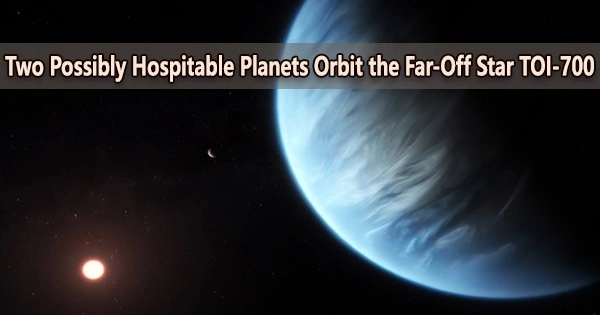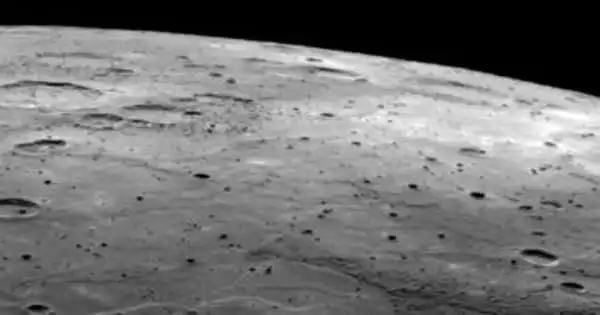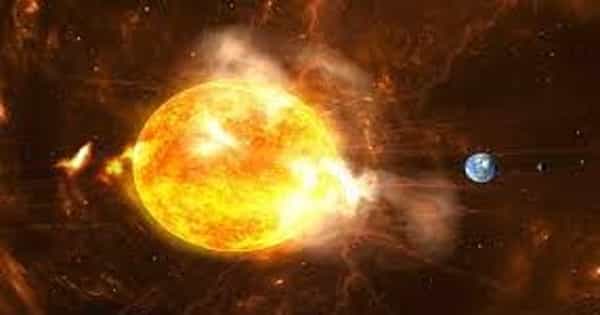Recently, NASA reported the finding of a brand-new planet the size of Earth in the habitable region of the star TOI-700. We are two of the astronomers who were instrumental in finding the planet TOI-700 e. At over 100 light years from Earth, TOI-700 e is too far enough for people to travel, but we do know that it is around the same size as the Earth, probably composed of rocky material, and may be able to support life.
You’ve probably heard about some of the many other exoplanet discoveries in recent years. In fact, TOI-700 e is one of two potentially habitable planets just in the TOI-700 star system.
Planets that are just the correct distance from their star and have a surface temperature that may support liquid water are said to be habitable planets. While it is always wonderful to discover a brand-new, distant planet that may be habitable, exoplanet research is moving away from just finding additional planets.
Instead, scientists are concentrating their efforts on locating and analyzing systems that are most likely to provide important insights on the formation, evolution, and possibility of life in the cosmos. TOI-700 e stands out from many of these other planet discoveries because it is well suited for future studies that could help answer big question about the conditions for life outside the solar system.
From 1 to 5,000
Astronomers discovered the first exoplanet around a Sun-like star in 1995. The field of exoplanet discovery and research has been rapidly evolving ever since.
At first, astronomers discovered only a few exoplanets annually, but with the advent of new state-of-the-art equipment dedicated to exoplanet science and increased detection sensitivity, astronomers are now finding hundreds of exoplanets annually.
The amount of knowledge scientists may gain about these worlds has expanded as detection techniques and equipment have advanced. In 30 years, scientists have gone from barely being able to detect exoplanets to characterizing key chemical clues in their atmospheres, like water, using facilities like the James Webb Space Telescope.
More than 5,000 exoplanets are currently known, ranging from large gas giants to small rocky planets. The most intriguing discovery, though, is that astronomers have discovered approximately a dozen exoplanets that are likely rocky and orbit their respective stars in habitable zones.
Astronomers have even discovered a few systems like TOI-700 that have more than one planet orbiting in the habitable zone of their star. We call these keystone systems.
A pair of habitable siblings
TOI-700 first made headlines when our team announced the discovery of three small planets orbiting the star in early 2020. We found these planets by observing tiny dips in the quantity of light emanating from TOI-700 using observations from NASA’s Transiting Exoplanet Surveying Satellite program and the Spitzer Space Telescope. The planets that are passing in front of the system’s small, cool red dwarf star, which is the source of these light dips, are to blame.
We were able to discover that the TOI-700 system contains at least three tiny planets, with signs of a fourth planet. This was done by making exact measurements of the fluctuations in light. We might also establish that TOI-700 d, the third planet from the star, orbits within the star’s habitable region, where the planet’s surface is warm enough to support liquid water.
The Transiting Exoplanet Surveying Satellite observed TOI-700 for another year, from July 2020 through May 2021, and using these observations our team found the fourth planet, TOI-700 e. TOI-700 e is 95% the size of the Earth and, much to our surprise, orbits on the inner edge of the star’s habitable zone, between planets c and d.
Our discovery of this planet makes TOI-700 one of only a few known systems with two Earth-sized planets orbiting in the habitable zone of their star. The fact that it is relatively close to Earth also makes it one of the most accessible systems in terms of future characterization.
The bigger questions and tools to answer them
With the successful launch of the James Webb Space Telescope, astronomers are now able to start characterizing the atmospheric chemistry of exoplanets and search for clues about whether life exists on them.
A number of large, ground-based telescopes will soon contribute to the discovery of additional information regarding the makeup of planets outside the solar system. The telescope must be pointed at a system for a long time in order to gather enough light to discover these details, even with powerful modern telescopes.
With thousands of valuable scientific questions to solve, astronomers need to know where to look. Finding the most intriguing and promising exoplanets to research with the Webb telescope and other facilities is our team’s aim.
Earth is currently the only data point in the search for life. Although it’s feasible that life on other planets could differ greatly from our own, for the time being, locations with liquid water on the surface that are similar to Earth provide a decent spot to start looking.
The finest use of observational time, in our opinion, is made by cornerstone systems like TOI-700, which have numerous planets that are likely contenders for harboring life. By further investigating TOI-700, our team will be able to learn more about what makes a planet habitable, how rocky planets comparable to Earth arise and evolve, and the dynamics that molded the solar system.
The possibilities of finding life in the cosmos increase as astronomers learn more about how star systems like TOI-700 and our own solar system function.
















